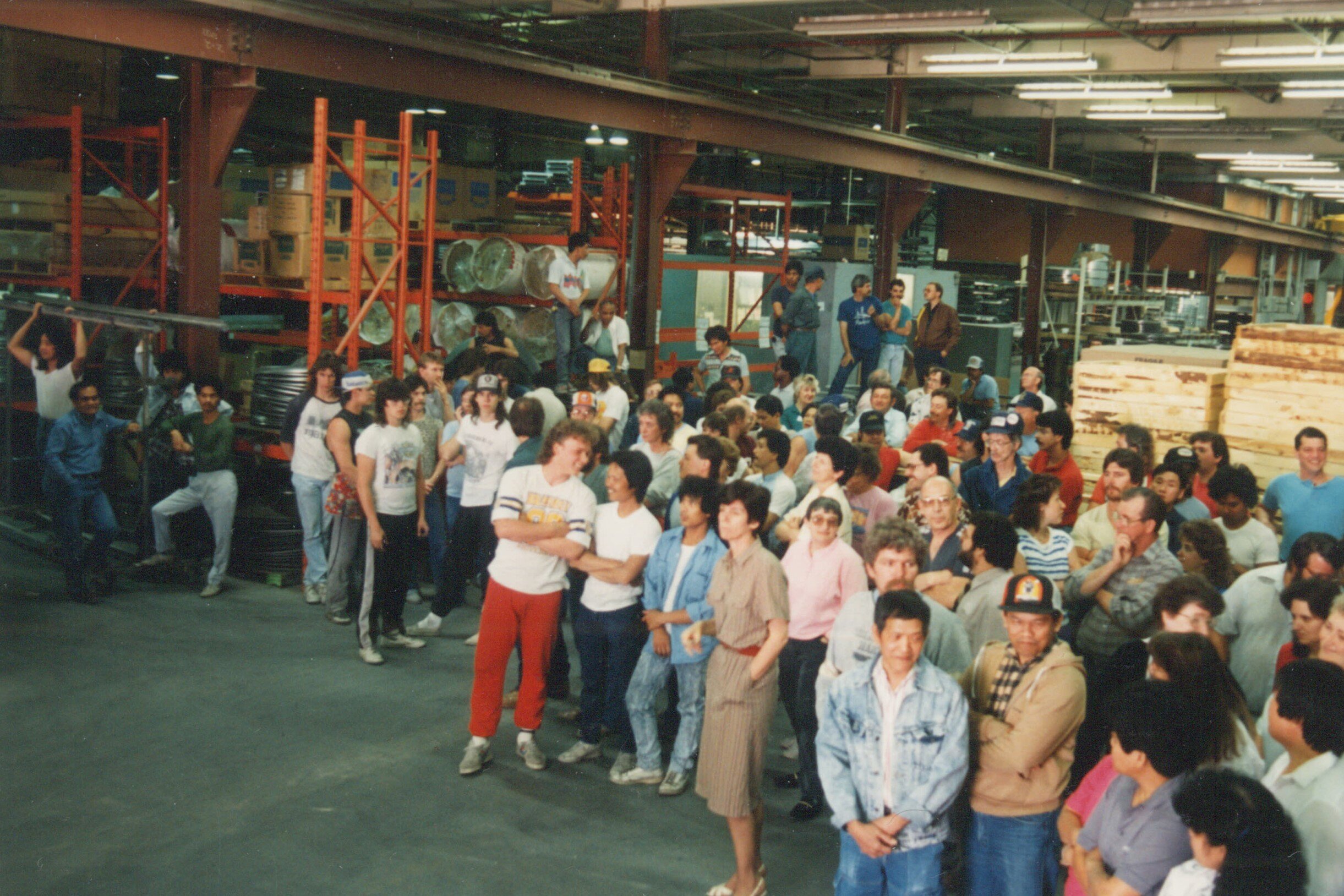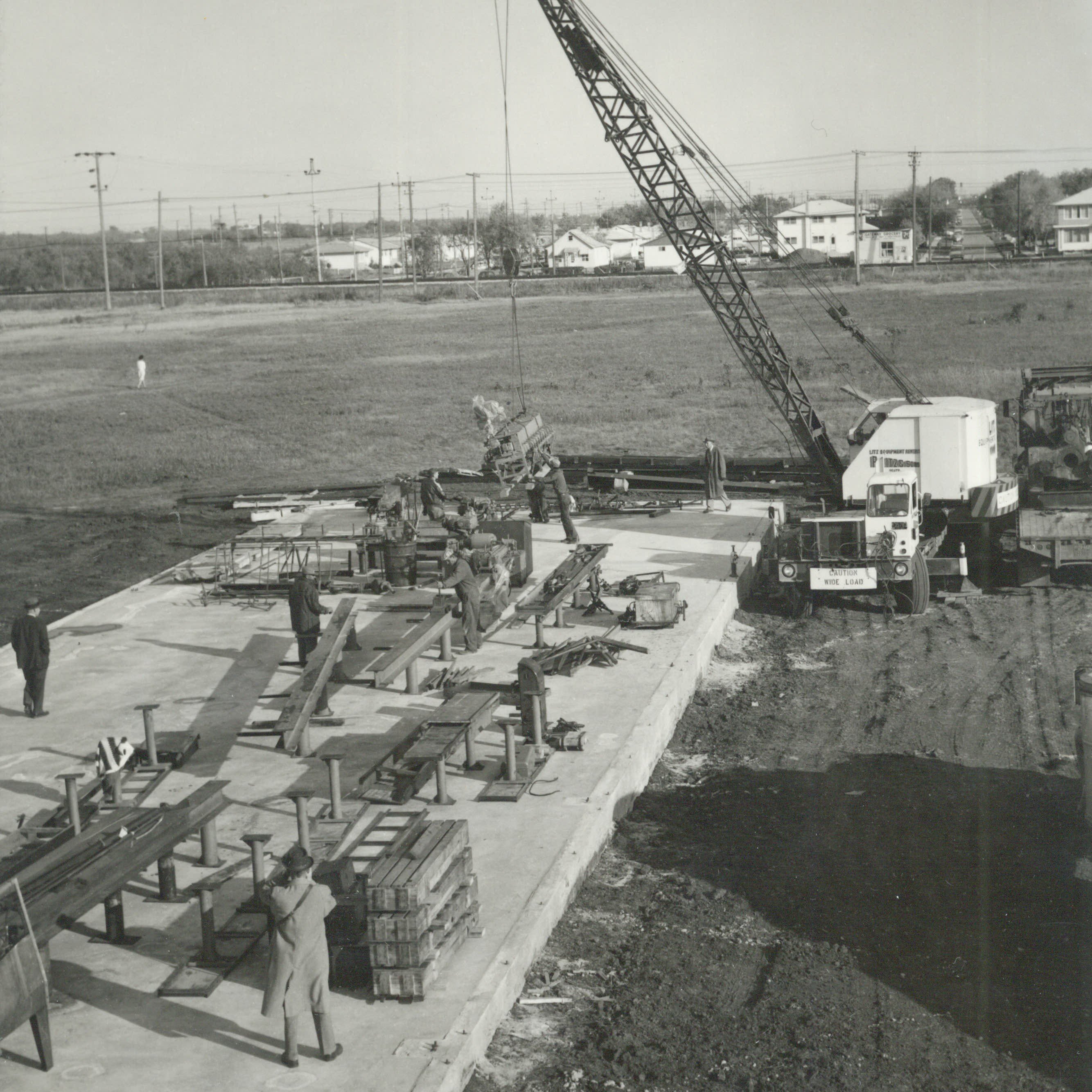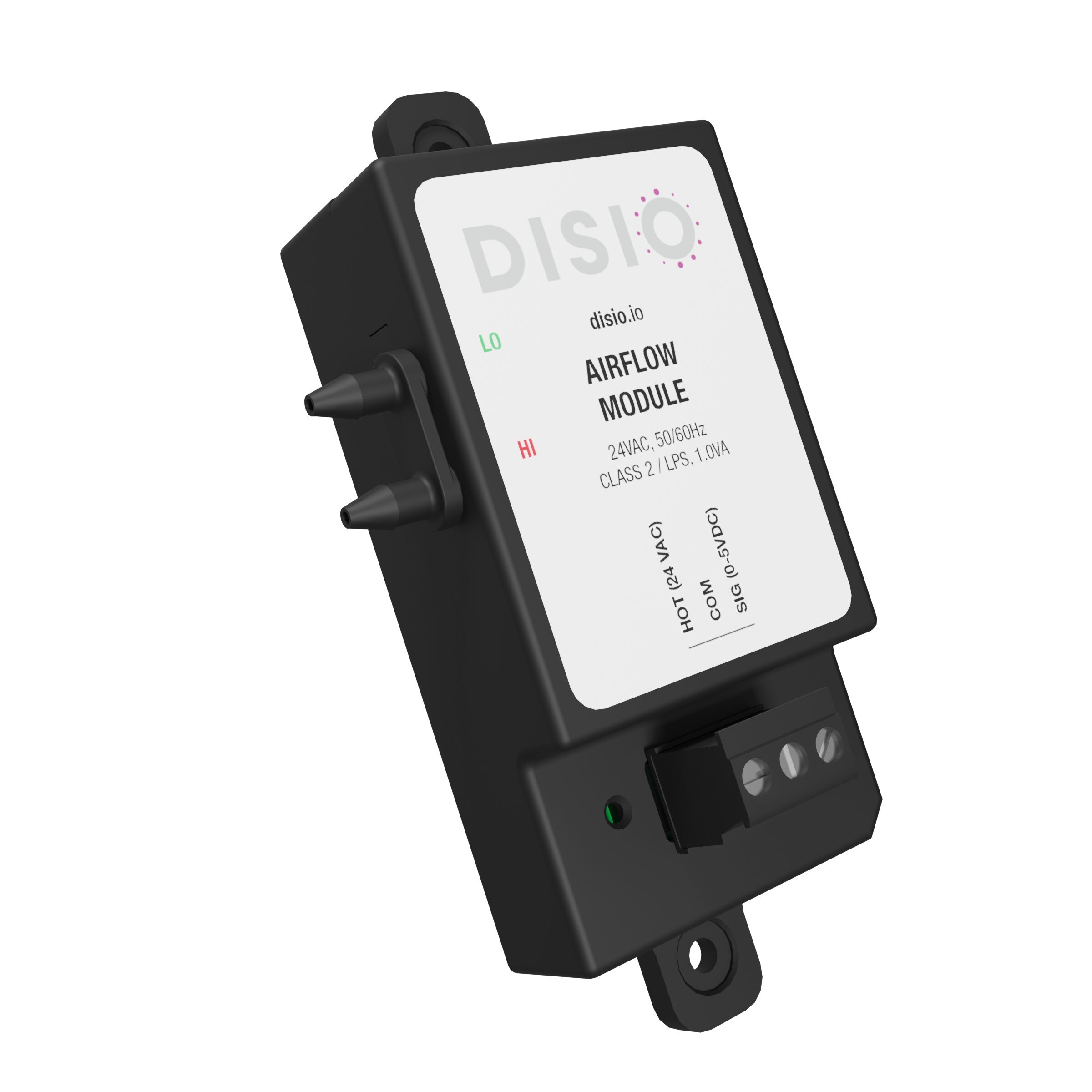Committing to the Good of the Group
Price is celebrating its 75th anniversary throughout 2024, and our commemoration of this milestone will dedicate special attention to the 13 tenets of the Price Way. Each post in this blog series explores one of these guiding principles, giving our blog readers a closer look at its meaning.
Read More
Topics:
Employees,
Customer Service,
13 Tenets
Understanding How We Measure Thermal Comfort
Chances are you are familiar with the term “room temperature.” We all have experienced work environments that are too hot, too cold or too muggy. Perhaps it is a conference room that always runs cold or a classroom that feels too stuffy. Typical occupants do not need to know why the room is uncomfortable; they just want it fixed – and fixed quickly!
Read More
Topics:
Thermal Comfort,
HVAC Fundamentals,
HVAC,
Engineering,
Design Engineering,
Tech Tip
Using CFD to Optimize Air-Change-Driven Labs
Labs use significant amounts of energy due to their makeup air requirements driven by the air changes needed to protect lab personnel from exposure to airborne hazards. There is currently a big push in the industry to improve energy efficiency and decarbonize lab facilities. One way to do this is to scrutinize air change rate requirements by relying less on established rules of thumb and more on analysis based on the unique needs of the facility.
Read More
Topics:
HVAC,
Engineering,
Design Engineering,
Tech Tip,
CFD
A Company of Builders
Price is celebrating its 75th anniversary throughout 2024, and our commemoration of this milestone will dedicate special attention to the 13 tenets of the Price Way. Each post in this blog series explores one of these guiding principles, giving our blog readers a closer look at its meaning.
Read More
Topics:
Employees,
Customer Service,
13 Tenets
A Look at How This Important Device Works in the HVAC Industry
In the world of HVAC, an airflow transducer is a device that converts an airflow signal into an electronic signal for a VAV controller to regulate a damper and provide airflow to a space.
Read More
Topics:
Static Pressure,
Terminals,
Controls,
Thermal Comfort,
HVAC Fundamentals,
HVAC,
Engineering,
Design Engineering,
Tech Tip







